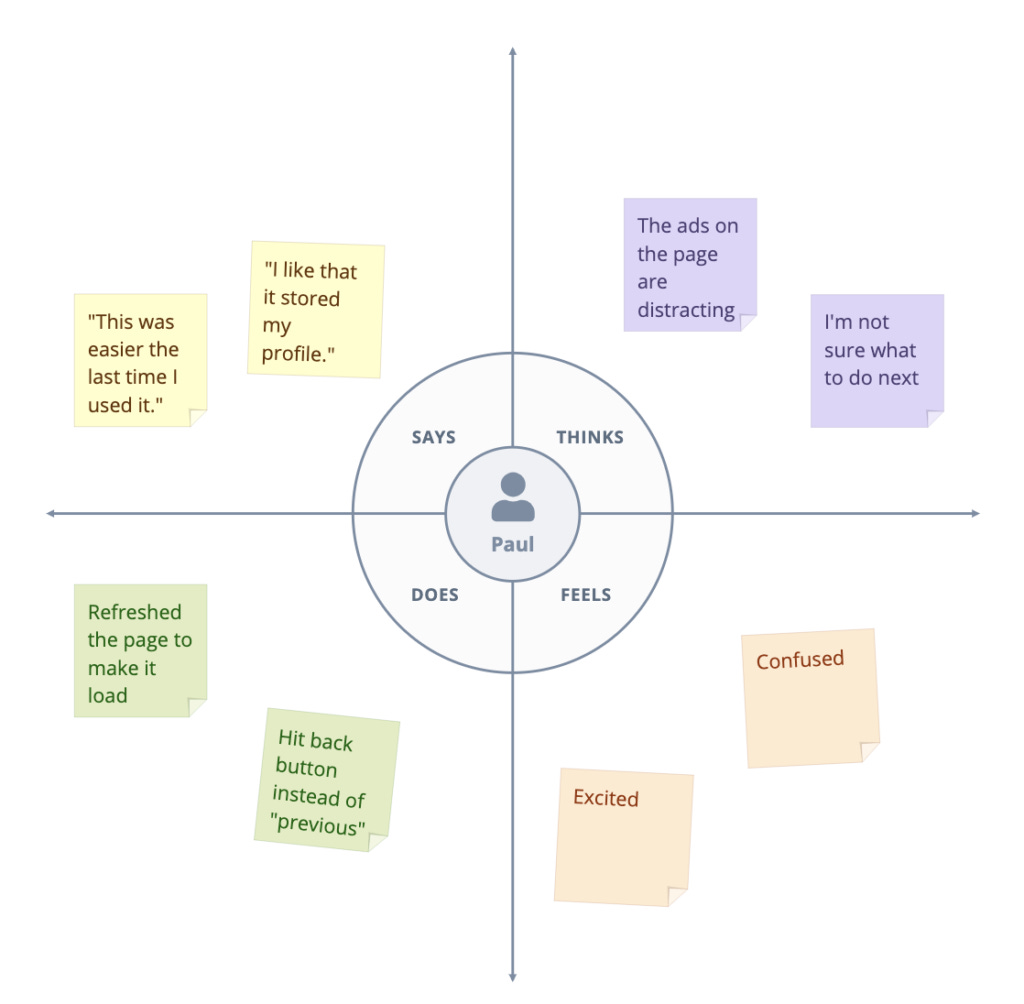Thinking, feeling, or doing?
At a picnic last summer with some of my best friends, we were talking about life (as we often do) and one of them asked the group, “How do you think you split your time between thinking feeling and doing?” After giving it some thought, we all described ourselves as people with an ability to overthink, but ultimately a bias towards action. We then mutually agreed that this was ultimately the desirable option -to be majority feeling or majority thinking would be terrible. Then the conversation moved on to a different topic, but I found myself thinking about that prompt for hours after our picnic ended, haunted by the thought I might be a chronic overthinker or a hyper emotional human (and the fact I couldn’t stop thinking about it probably meant I was onto something.) The truth is, though I hope I have a bias for action, I cannot deny that I am a person with an abundance of feeling and thought as well.
I’m reminded of one of my favourite sentiments: “action without knowledge is dangerous, and knowledge without action is useless.” Ultimately, these things go hand in hand and are both clearly important. Ok, phew. Crisis averted, at least on the thinking front. So what then, of feelings; of matters of the heart? As an Enneagram 3, I apparently live in the heart (feeling) centre and default to that for decision making purposes.
What helped me was to look at another model: the empathy map that product managers and design thinkers often use to understand the end user and construct a persona to solve a meaningful problem. On that empathy map, the areas researchers are urged to fill out are: “says,” “thinks,” “does,” “feels.” I love this model because it demonstrates visually why all three are needed and how they might relate to each other. (I consider what someone says a type of action.)
It’s evident that when all three work in harmony they are more than the sum of their parts. Not only do they have impact on each other (what the user thinks and feels informs what they say); the shared picture they build together helps create understanding for who someone is. This points us to the bigger picture. The word “empathy" is critical here; it’s not just about how I am feeling, but how I can feel others and feel for others as well.
Therein lies my epiphany: it isn’t just about how I balance my own thinking, feeling, and doing. It’s about figuring out how to channel those thoughts and feelings meaningfully into action, not just for myself but for others.
Keeping my sights on this higher order goal is why I am starting this publication. I recognize that sometimes I can get so caught in my own thoughts, feelings and actions that I lose sight of what really matters. Instead, I want to set my sight on the bigger picture, and I hope you’ll join me for the ride!



